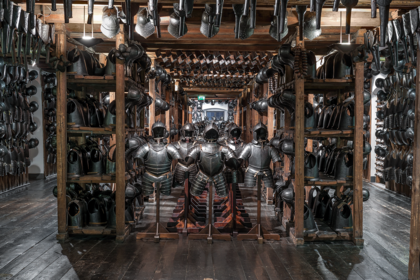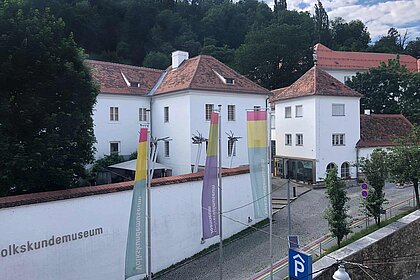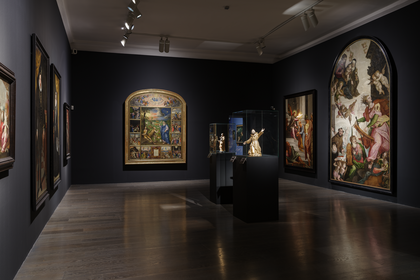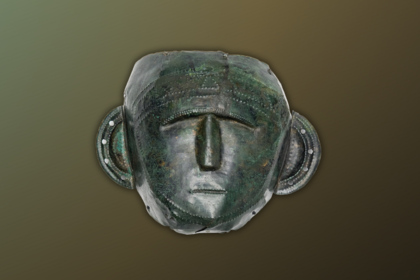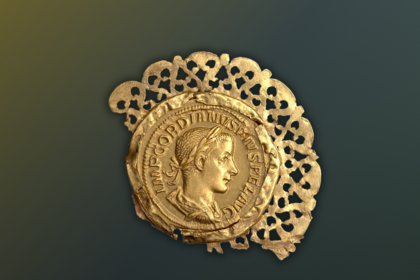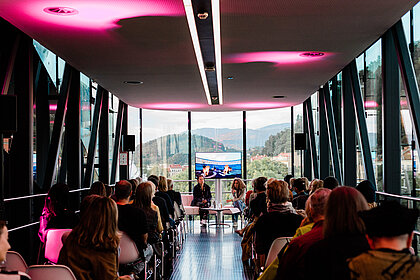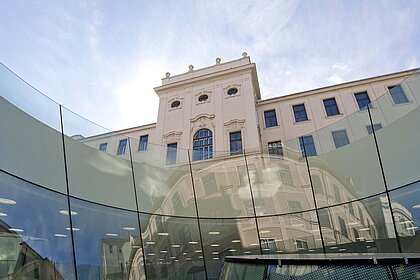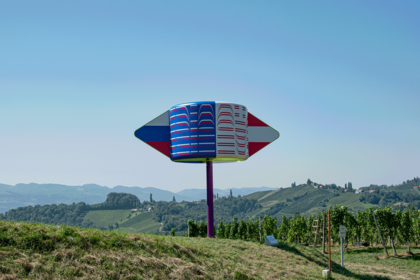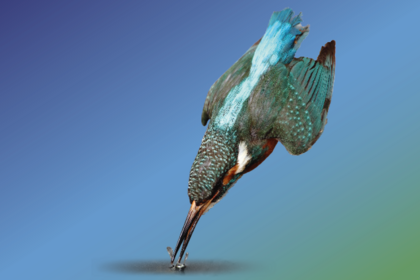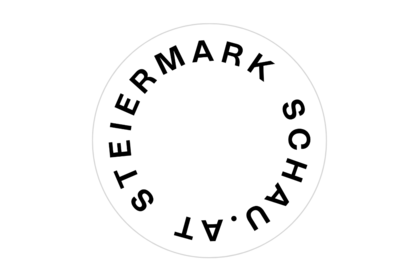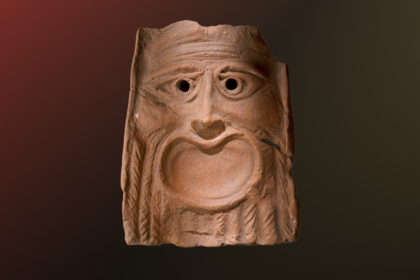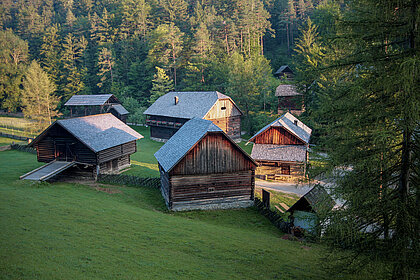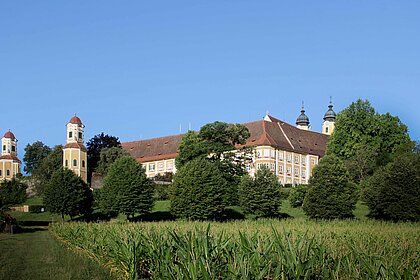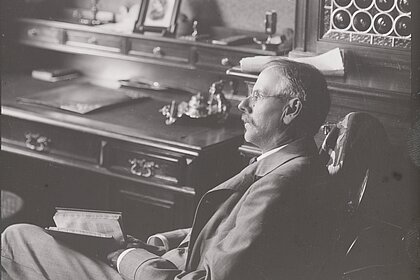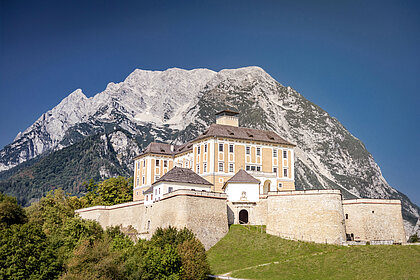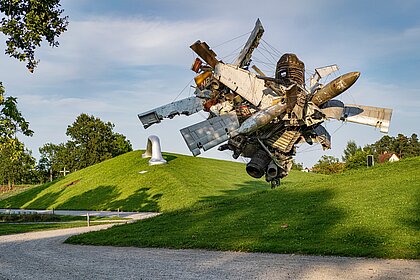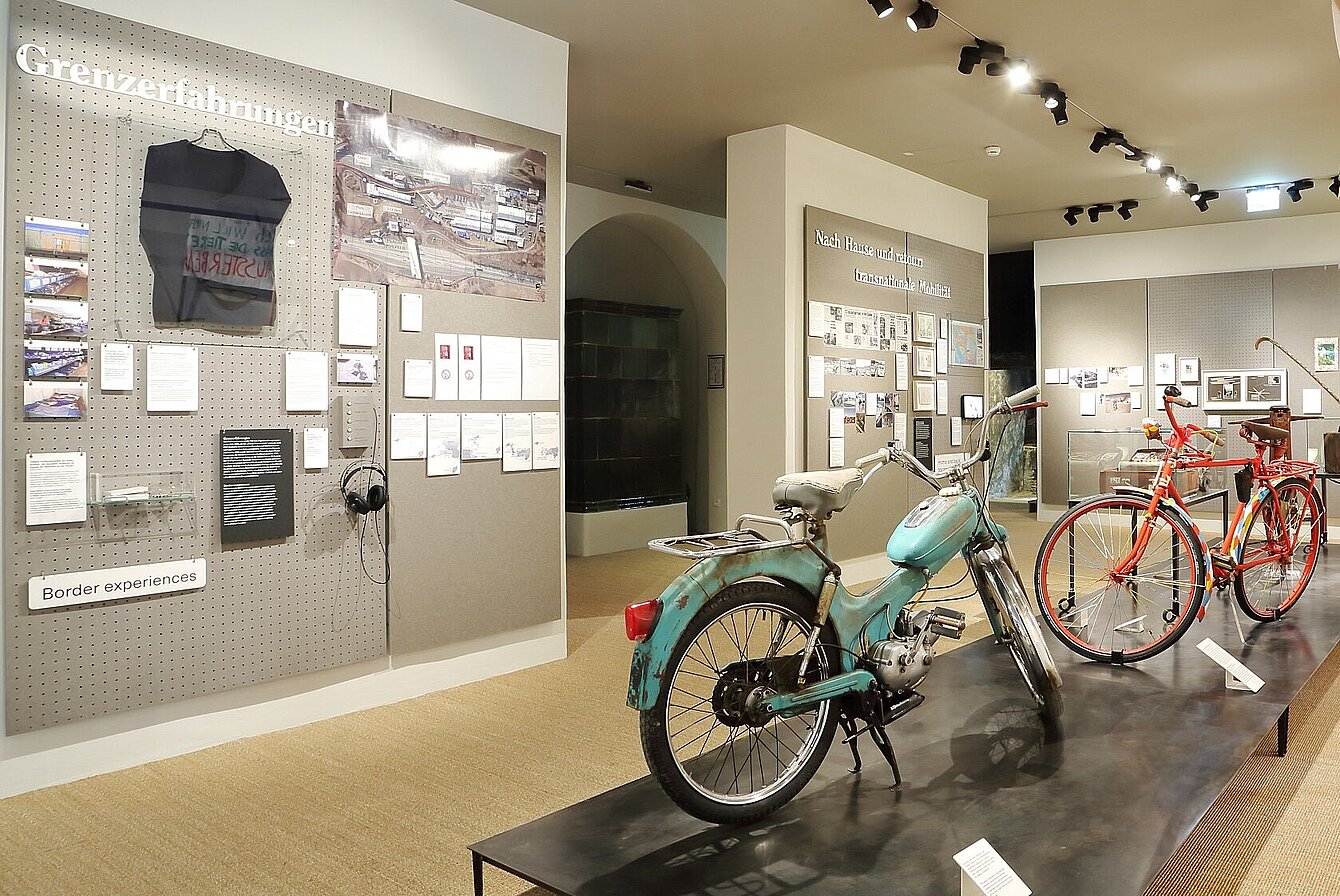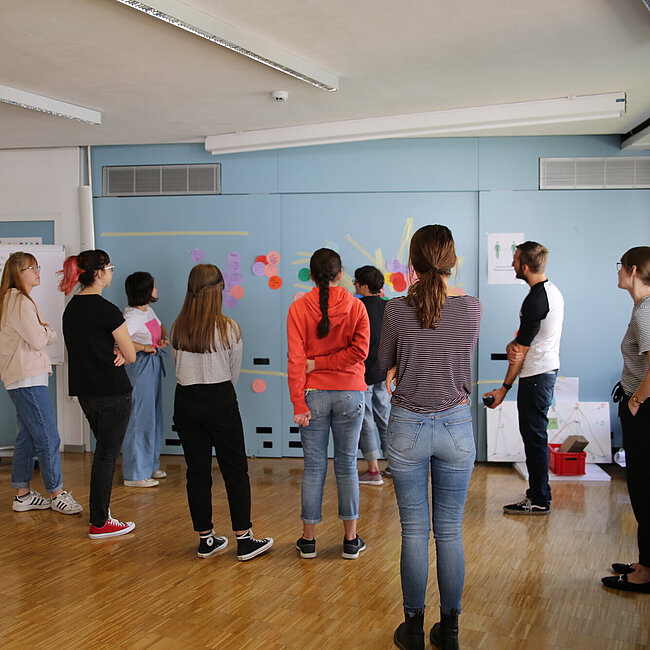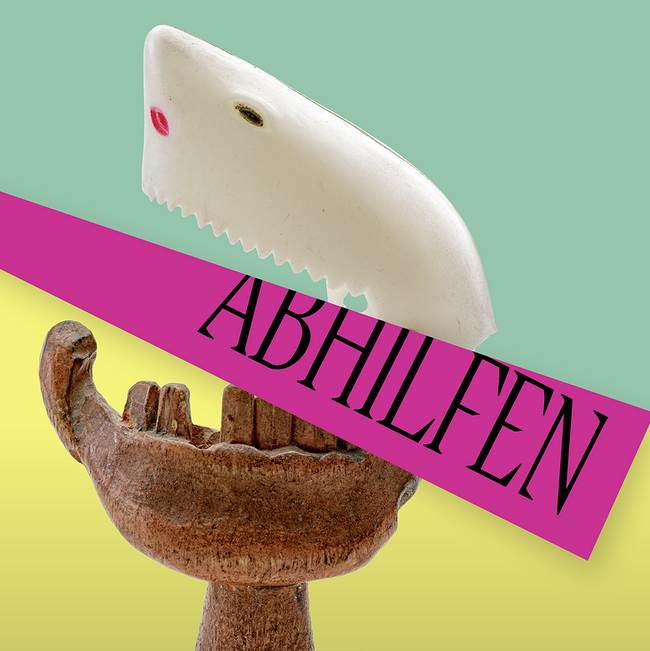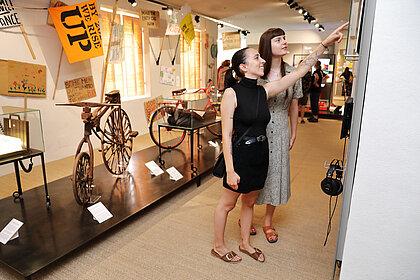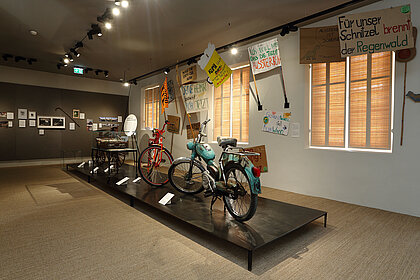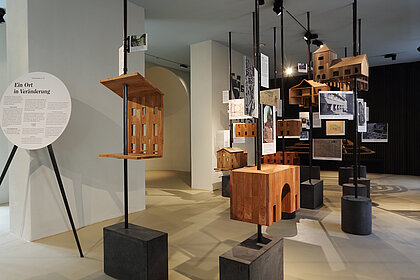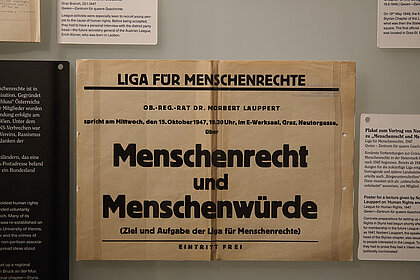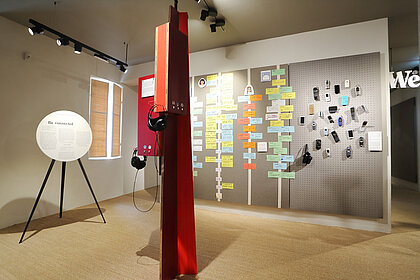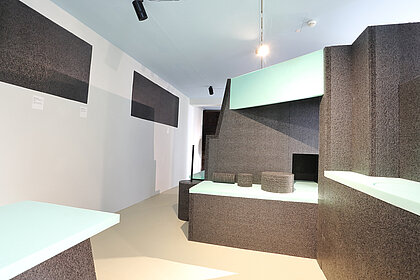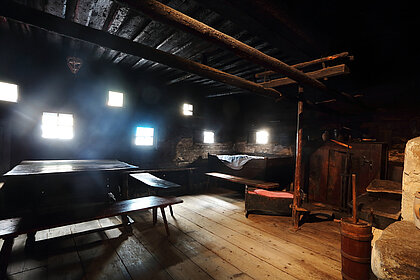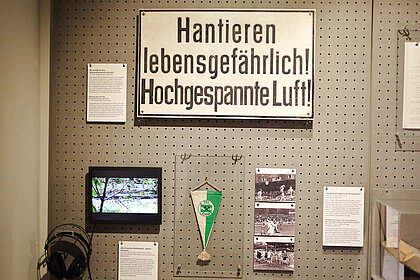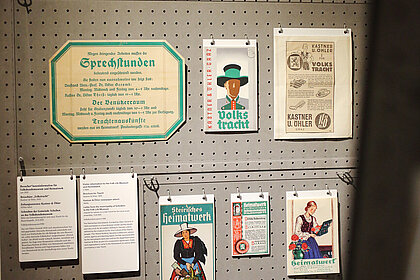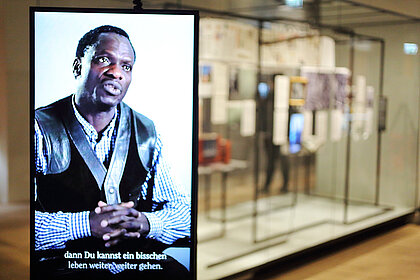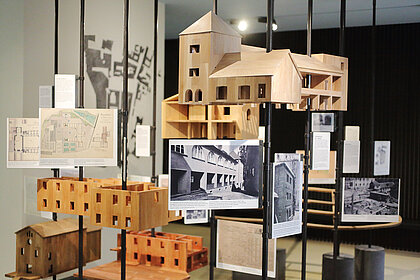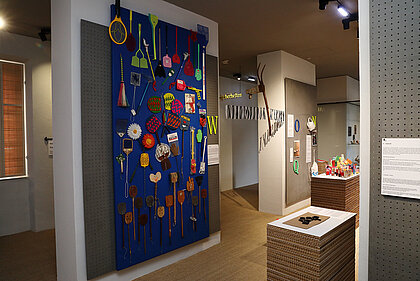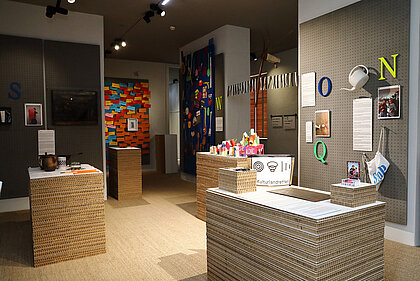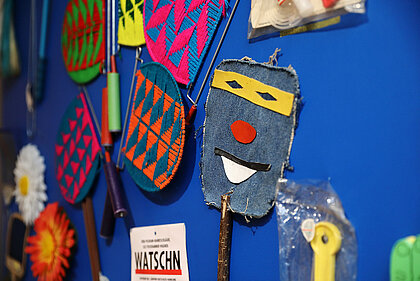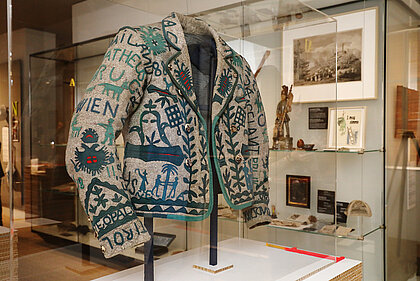The exhibition undertakes a survey of the current social situation and cultural forms of expression, linking these how a Central European region sees and perceives itself, one which also enjoys especial popularity as a tourist destination.
The title Worlds - Changes - Perspectives marks the starting point for the Folk Life Museum’s new exhibition. It undertakes a survey of the current social situation and cultural forms of expression, linking these how a Central European region sees and perceives itself, one which also enjoys especial popularity as a tourist destination.
The focus shifts to those people living in Styria, staying here or connected with the region in some way or other. What affects people? What do they identify with, what are they concerned about, how do they shape their lives, environment and society? How do they relate to developments that influence their usual way of life?
The exhibition is currently divided into three large exhibition modules. Each module functions as an exhibition within the exhibition and can be visited independently of the other areas. Together, they provide a multi-layered and multi-voiced perspective on what it is like. The exhibition also focuses on the building, its history, the historical rooms and its relations to the outside world.
Exhibition design
Benedikt Haid, Pretterhofer Arquitectos – Heidi Pretterhofer, MVD Austria with Michael Rieper
Further information
With cooperation and contributions from Johannes Maier, Christiane Rainer (Folk Life Museum), the Visitor Services section of the UMJ, and Agnieszka Czejkowska with the team of the Department of Education and School Research at the University of Graz, Barbara Frischling, Nicole-Melanie Goll and Georg Hoffmann, Heimo Halbrainer, Eva Kreissl, Werner Michael Schwarz, Andreas Vormaier, Hans-Peter Weingand
